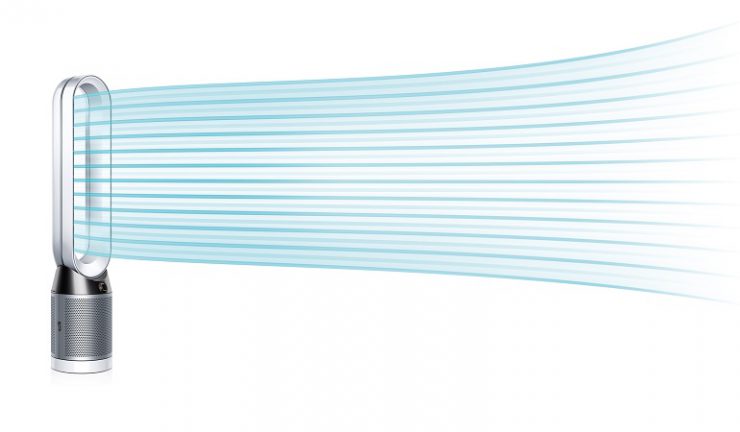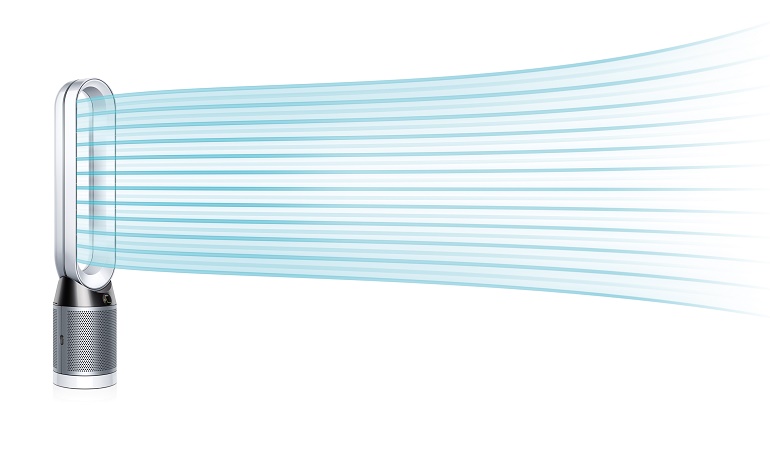New range of fans.
Dyson has unveiled its new Pure Cool purifying fans at an exclusive event in Sydney. The fans come in a larger tower format (RRP $799) for floor placement and a smaller desk format (RRP $649) for desks, worktops and floors. Both versions will be available in white/silver and black/nickel at dyson.com.au and major electrical retailers from September.
The new fans automatically purify the whole room, capturing gases and 99.5% of ultrafine particles as small as 0.1 microns. Dyson research concluded that to clean an entire room properly, the fan needs to sense pollution events automatically, capture ultrafine pollutants and project cleaner air around the room using Air Multiplier technology.
A new LCD display on the new Pure Cool purifying fans shows the articles and gases being sensed in real time by three sensors in the machine that detect the amount of VOCs (volatile organic compounds) and NO2 present, as well as measure relative humidity and temperature.

Dyson engineers have incorporated 60% more HEPA media into a taller and deeper filter and introduced three times more activated carbon.
The degree of oscillation has been expanded to 350 degrees, combined with Air Multiplier technology, to project 290 litres of purified air per second.
For all year round comfort, the purifying fans feature a new diffused airflow or purification-only mode to avoid a cooling effect during winter.
The Dyson Link app enables users to track indoor and outdoor pollution, temperature and humidity levels, as well as control the machine and see how many hours of filter life are left. With Over the Air update capability (OTA), users can continue to get the most advanced Dyson software.
Dyson continues to be at the forefront of tackling indoor air pollution and is the first company to test its machines according to the new standard. The POLAR test is based on a larger living room size of 27m2 with no added fan. There are eight sensors in the corners of the room and one sensor in the centre to collect air quality data every five seconds, detecting particles that are 300 times narrower than a human hair.

